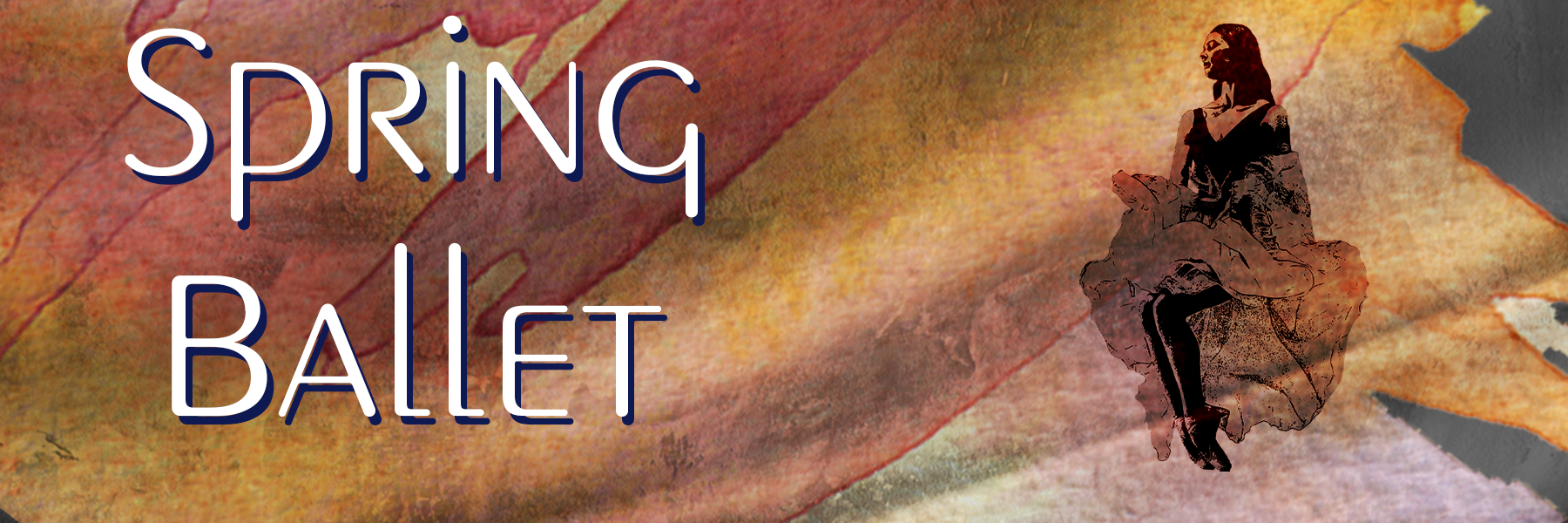Spring Ballet
Pas de Dix
George Balanchine
This dance for 10 includes solos, two pas de deux, a duet for two women, and a quartet for four men, concluding with virtuoso movement for ballerina to excerpts from Alexander Glazunov’s Raymonda ballet score. Balanchine danced in Marius Petipa’s original production of Raymonda at Russia’s Mariinsky Theatre, seeding his eventual creation of this work.
Her Door to the Sky
Jessica Lang
Women are at the heart of this tribute to painter Georgia O’Keefe and her “Patio Door” series. Ten dancers evoke moments of folk dances to the music of Benjamin Britten, smoothly creating a dreamlike feeling full of poetry.
World Premiere
Sasha Janes
This world premiere by Jacobs professor Sasha Janes is created to three movements of composer Michael Torke’s Color Pieces: “Green,” “Purple,” and “Ecstatic Orange.” Janes previously choreographed “Ecstatic Orange” for Chautauqua and will build on that work with the two new movements.
Her Door to the Sky © Choreography by Jessica Lang
Artistic Staff
Conductor
Judith Yan



